Numbing cream is for small areas of the skin. Soaks in numbing nerve endings to reduce pain before shots or procedures. Parents and caregivers use it for home care procedures. Using excessively, misusing, or overdosing can have serious side effects, even leading to death.
Yes, Lidocaine skin cream is gradually safe. Abusing numbing creams can cause severe damage. Side effects include tingling and itching. Until the numbing effect fades, avoid scratching or exposing the treated area to extreme temperatures.
In this blog post, we will examine factors that affect the safety of numbing creams. Specific scenarios with numbing creams, expert opinion, and the prevention methods for using numbing creams.
Is Numbing Cream Safe: Understanding Factors
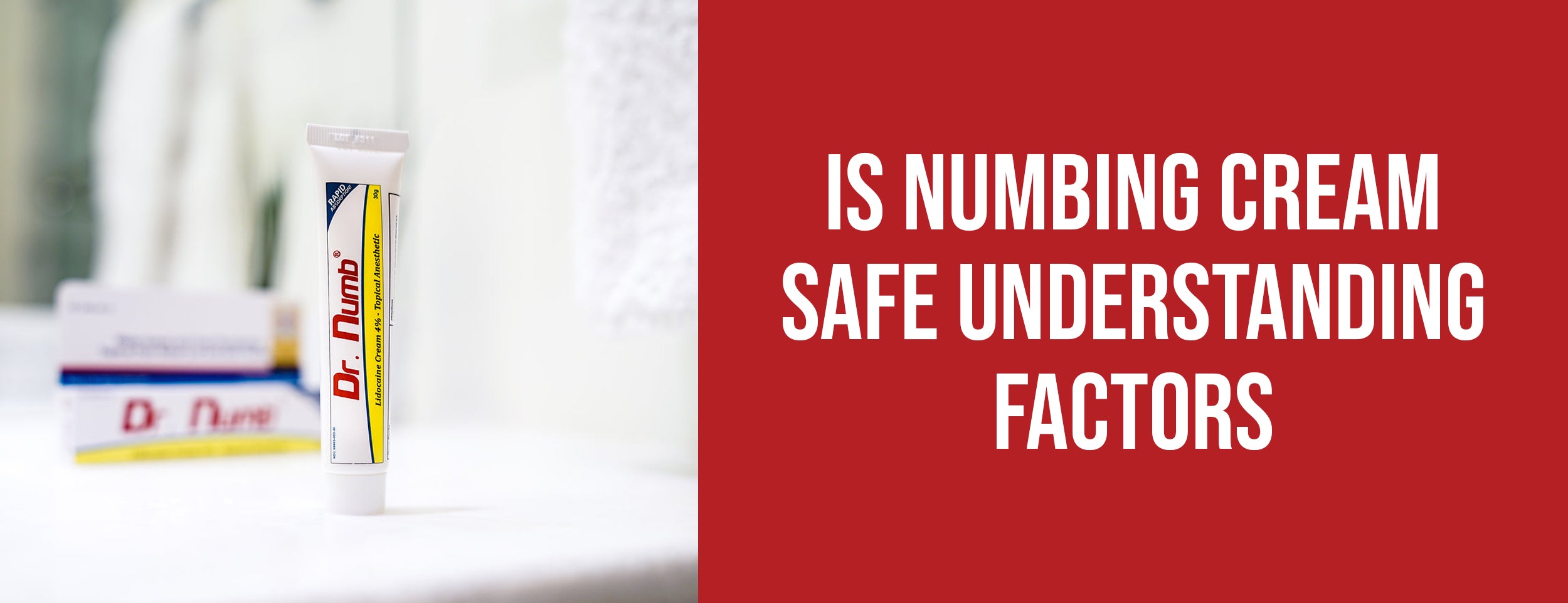
Numbing creams, as topical anesthetics, desensitize the skin by blocking pain signals. Used in medical procedures, they enhance patient comfort by minimizing pain effectively. However, the question of safety must be addressed.
This article will explore the safety considerations of numbing creams and familiar ingredients, considering FDA regulations, approval status, and potential risks.
Ingredients of Numbing Cream
Numbing creams typically contain active ingredients such as lidocaine, prilocaine, or benzocaine, which work by inhibiting nerve signals. This inhibits the sensation of pain or discomfort during procedures.
- Lidocaine: This is the chief ingredient in most numbing creams. It's a local anesthetic that blocks nerve signals in your body, causing numbness in the area where it's applied.
- Prilocaine: Another common ingredient, prilocaine, is often combined with lidocaine to enhance the numbing effect.
- Benzocaine: This is a local anesthetic commonly found in over-the-counter products. It's less potent than lidocaine but can still provide effective numbing for minor procedures.

FDA Regulations and Approval Status
Numbing creams are tested for safety and effectiveness by the Food and Drug Administration (FDA).
- The FDA has specific regulations for over-the-counter external analgesic drug products, including numbing creams. There is a high level of safety and effectiveness regarding these products in topical administration.
- Not all numbing creams on the market have received FDA approval. It's essential to check the approval status of a numbing cream before use.
- The FDA has approved certain topical anesthetic creams for superficial procedures.
- Some products, like lidocaine-based creams, may not be legally marketed in the United States without approval of an application filed with the FDA.
Common Side Effects and Potential Risks
Like any medication, numbing creams have side effects and risks.
- The FDA warns about possible severe and life-threatening side effects from improper use of topical numbing products.
- To ease teething discomfort, it is recommended not to use prescription oral viscous lidocaine 2 percent solution.
- Benzocaine sprays, another type of numbing product, are not FDA-approved to numb the mucous membranes.
Numbing Creams are Safe: 4 Specific Scenarios
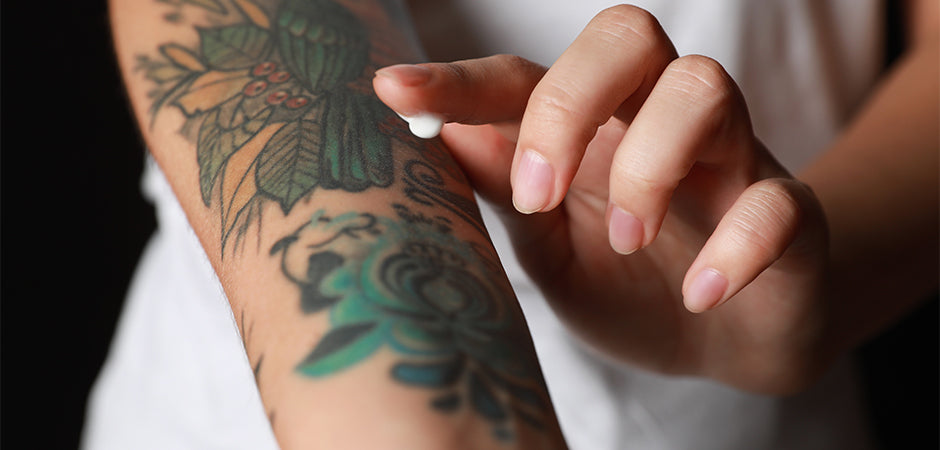
Exploring the safety considerations of using numbing creams in various scenarios, including medical procedures, cosmetic treatments, tattoo applications, and pain relief methods. Numbing creams are crucial in minimizing discomfort and enhancing the overall experience in these situations.
Numbing Creams for Cosmetic Procedures
Cosmetic procedures like micro-needling or laser treatments can cause pain. Here's how numbing creams can help:
- Before the procedure: Cleanse the treatment area thoroughly to remove dirt, oil, or makeup. Make sure the skin is dry before applying the numbing cream.
- Applications: Apply a generous amount of numbing cream evenly to the treatment area. Put plastic wrap over the treated area or a transparent film to occlude the cream and prevent evaporation. The numbing cream helps to reduce any pain or discomfort you might feel.
- Action duration: Once the numbing cream is applied, adhere to the duration recommended by your provider or on the packaging of the numbing cream. Typically, numbing creams require around 30 to 60 minutes to take effect.

Numbing Creams for Tattooing and Piercing:
Getting a tattoo or piercing can be painful. Numbing creams can be a lifesaver.
- Applications: Numbing cream should be applied to the skin at least 30 minutes before the tattooing or piercing. For proper application, following the instructions provided by the manufacturer or your tattoo artist/piercer is essential.
- During the process: The cream helps to numb the skin, making the process more comfortable.
- Duration of Numbing: The duration of numbing effects varies with the product concentration of active ingredients. Numbing creams provide relief for up to a few hours, which should cover most tattooing or piercing sessions.
Numbing Creams for Minor Skin Irritations and Injuries
Minor skin irritations or injuries can be pretty bothersome. Here's how numbing creams can relieve:
- Application: Wash the affected area, pat it dry, then apply the numbing cream. Apply a thin layer of the numbing cream to the affected area and gently massage it. Use sterile bandages or dressings to cover the area.
- Effect: It numbs the area, reducing discomfort and itchiness.
- Duration of Relief: It varies by product and concentration of active ingredients. Creams that numb the skin promote healing by providing relief for a few hours.
Using Numbing Creams for Needle Injections
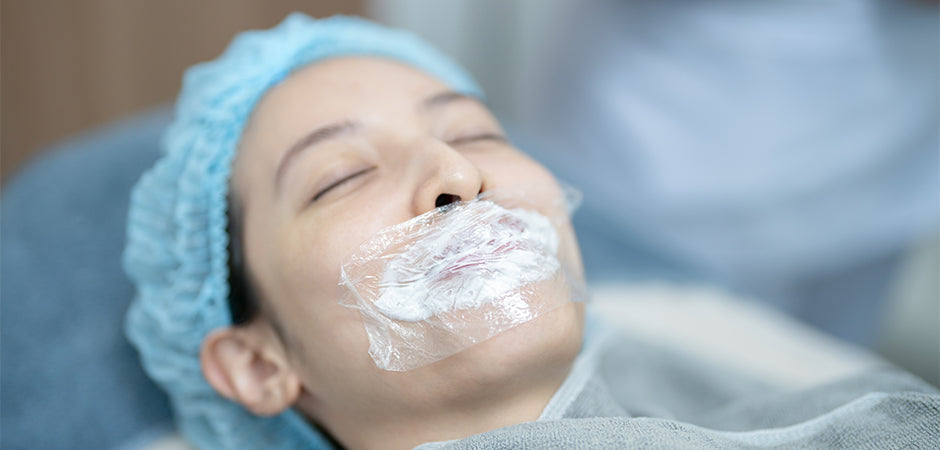
Needle injections can cause short-term discomfort. Numbing creams can make these more bearable.
- Applications: Clean the injection site with soap and water, then dry it. Numb the injection area. The cream should be gently massaged into your skin once it has been applied until absorbed. For better results, wrap it in plastic or cover it with dressing. Leave on for 20-30 minutes as directed on the packaging.
- During the injection: The cream helps minimize any needle pain.
- Duration of action: The onset of numbing effects varies with cream type and concentration of active ingredients. Typically, the numbing cream takes about 30 minutes to 1 hour to take full effect.
Understanding the Safety of Numbing Creams: 3 Expert Insights
Experts' opinions can provide valuable insight into the safety of numbing creams. Let's delve into the perspectives of dermatologists, pharmacists, and users to get a well-rounded understanding of this topic.

Dermatologist's Views
Dermatologists often recommend using numbing creams for various procedures and treatments. They have to say:
- Numbing creams work like local anesthetics, reducing sensitivity to pain in the areas where they're applied.
- Lidocaine-based numbing creams are safe and can provide significant pain relief when used as directed.
- caution is advised with certain creams, especially for infants and small children.
Pharmacist's Views
Pharmacists are crucial in advising on the safe use of medications, including numbing creams. Here are some points from their perspective:
- The FDA has warned about potential serious side effects from abusing topical numbing products.
- Overuse or misuse of skin-numbing creams can lead to life-threatening side effects.
- Despite the risks, using numbing creams can be safe and effective.
User Testimonials and Reviews
User testimonials and reviews provide real-world experiences and valuable information about the safety and effectiveness of numbing creams.
- Many users have found numbing creams beneficial in pain management during various procedures.
- Some users have reported side effects, emphasizing the importance of following usage directions carefully.
- Overall, user testimonials highlight the need for awareness about the potential risks and correct usage of numbing creams.
The Safe Use of Numbing Creams: 2 Prevention
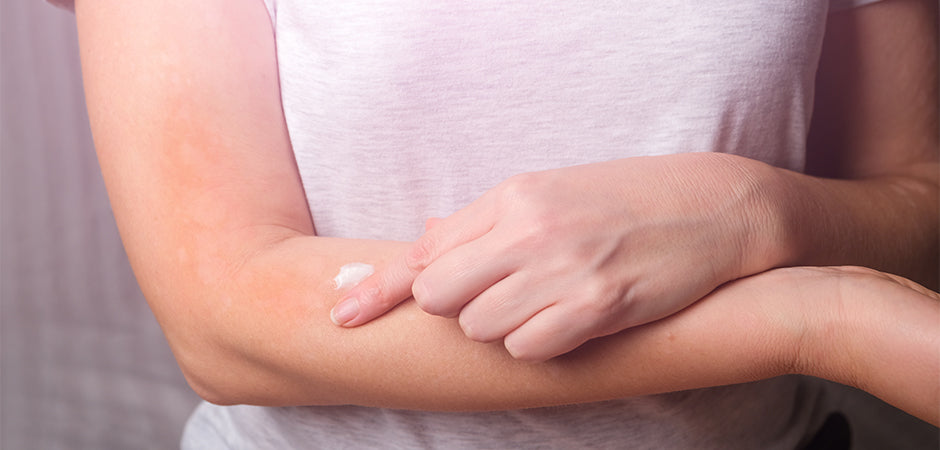
Numbing creams can be a godsend when managing discomfort from various procedures. But how can we use these products safely? Let's discuss things to avoid and precautions when using numbing creams.
Things to Avoid When Using Numbing Creams
Understanding what not to do is as important as knowing what to do. Here are some things you should avoid when using numbing creams:
- Applying on broken or inflamed skin: Numbing creams can cause further irritation if used on damaged skin.
- Touching eyes, nose, and mouth: Avoid getting the cream in your eyes, nose, and mouth, as it can cause severe discomfort.
- Using heat sources: Avoid using heating pads or similar heat sources in the area where the cream is applied.
- Overuse: Using too much cream or leaving it on too long can lead to side effects4.

Precautions to Take When Using Numbing Creams
Prioritize safety! Here are key precautions to remember when using numbing creams.
- Look out for allergies: Before using this medication, ensure its safety by informing your pharmacist or physician if you have ever been allergic to lidocaine or other components. Also, disclose if the skin in the application area has cuts, rashes, eczema, bleeding scabs, or feels sore.
- Consult a healthcare professional: If you plan to use numbing creams on children or have any health conditions, always consult a healthcare professional first.
- Watch for reactions: If you notice any adverse reactions, such as redness, swelling, or difficulty breathing, seek medical help immediately.
Conclusion
Taking a trip down the numbing cream lane, we've explored the ingredients, scrutinized safety regulations, considered professional opinions, and listened to authentic experiences.
We've understood that while numbing creams have the potential to ease pain, their use must be accompanied by a sense of caution.
Always stick to FDA-approved brands, ensure you're not allergic to any ingredients, and be mindful of the listed side effects. Remember, when appropriately used, numbing creams can be beneficial. Stay safe, and make well-informed choices.

![Numbing Cream Safety: 3 Factors & 3 Expert Insights [with 2 Preventions]](http://drnumb.com/cdn/shop/articles/Is_Numbing_Cream_Safe_3_Factors_3_Expert_Insights.jpg?v=1713768688&width=1100)







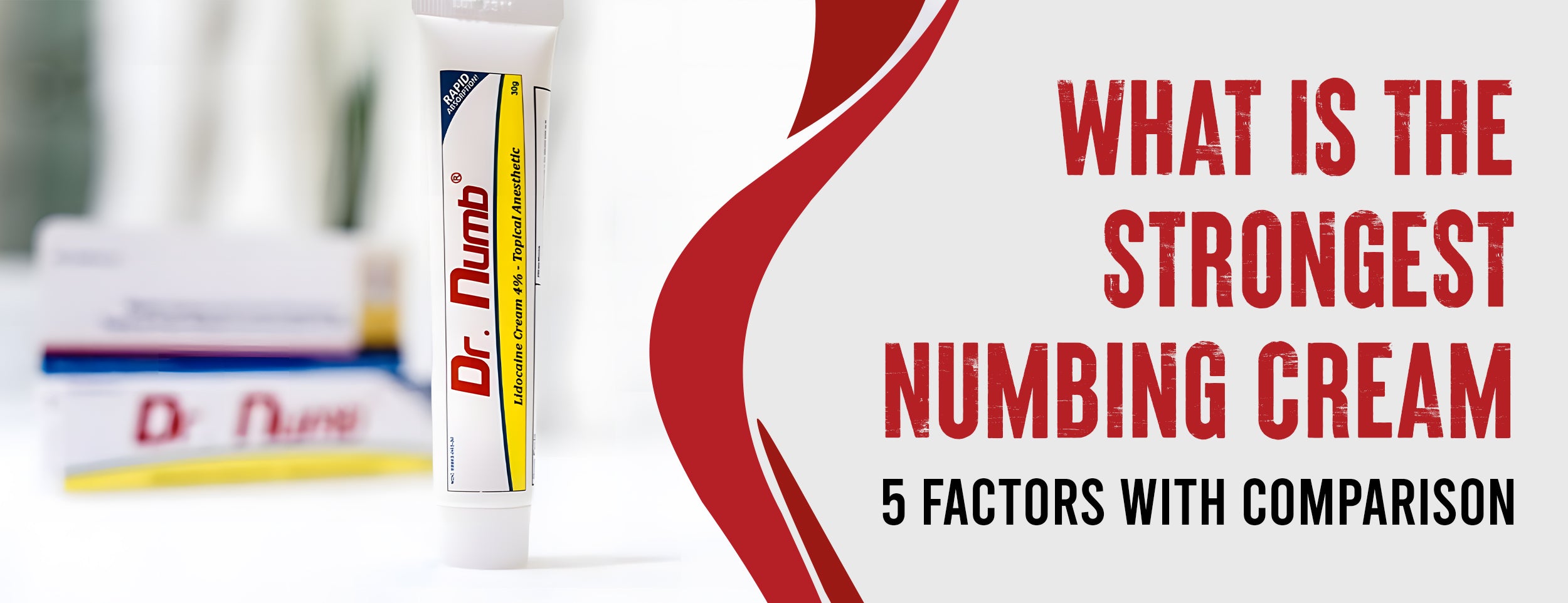
![Numbing Cream For Face: 7 Factors & How to Apply [8 DIY Steps]](http://drnumb.com/cdn/shop/articles/Numbing_Cream_For_Face__7_Factors_How_to_Apply_8_DIY_Steps.jpg?v=1710829003)

